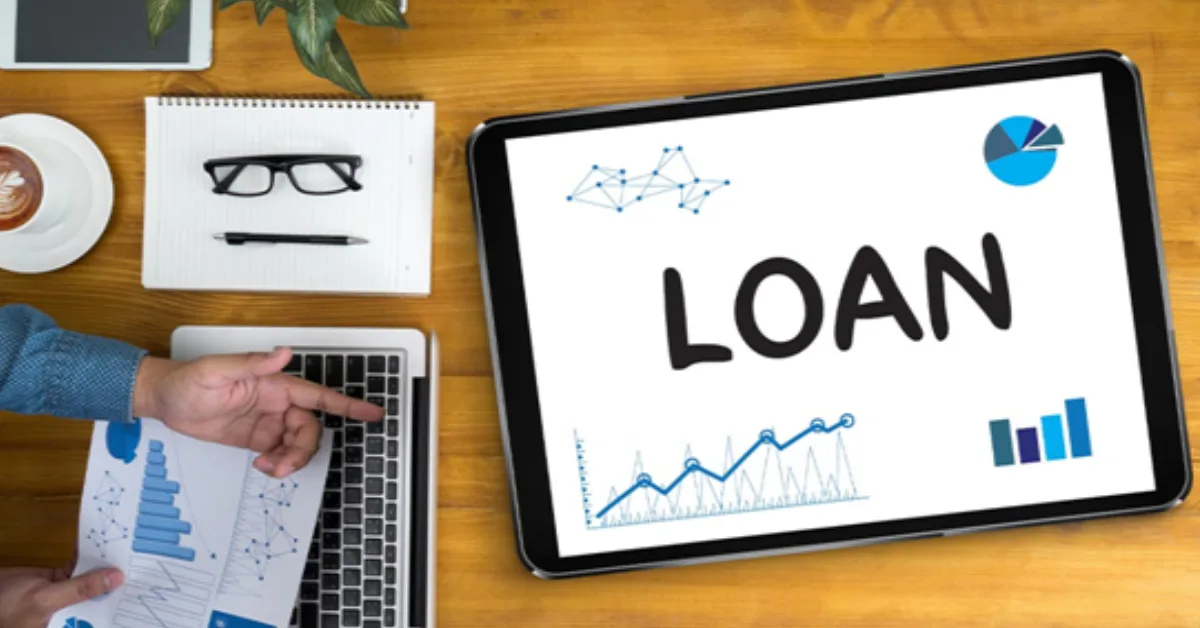A personal loan can help you finance a wide range of expenses, such as unexpected bills, debt consolidation, or large purchases like a new appliance or vacation.
Applying for a personal loan may seem intimidating, but it’s fairly straightforward. Let’s walk through the key steps for how to apply for a personal loan as well as actions you can take ahead of time to make the process go more smoothly.
Here are some points things to think about: Before Taking a Loan
1. What you can afford to borrow- It’s crucial to make the monthly repayments on your loan on time and in full, otherwise, you risk damaging your credit score and reducing your chances of getting credit in the future.
2. The impact on your credit score- Each credit application you make leaves a hard credit search on your report, which can temporarily lower your credit score.
3. Loan or credit card- When it comes to repayment schedules, loans tend to be more predictable, whereas credit cards usually offer more flexibility. The right option for you may depend on your financial situation and personal preferences.
4. Which type of loan?- There are several different types of loans to choose from, including secured loans, personal loans and guarantor loans. You’ll also need to decide what kind of rate you want.
5. Comparing loans- It’s important to compare loans from different lenders to find an offer that’s right for you. Look carefully at the terms and features of each deal, as well as the APR.
Alternatives to a Personal Loan
If you need financing for a large expense but don’t want to use a personal loan, you can consider alternative options. Some of them include:
Credit card installment plan- You can pay off large transactions with fixed payments with a credit card installment plan.
Home equity loan or line of credit- If you use your home equity as collateral for a loan, you can usually get a lower interest rate.
Savings-secured loan- You can use your savings account balance as collateral for a loan with a savings-secured loan.
Family loan- Borrowing from family members can provide funds for your expenses, but this strategy does have downsides to consider.
Apply for a Personal Loan
Here is a step by step guide on how to get a Personal Loan. From documents required to how to apply for a Personal Loan, we have all the angles covered
Step 1: Decide how much you need
The first step in choosing a personal loan is knowing how much you need. Getting a smaller loan can help ensure that you don’t borrow more than you can afford to pay back.
Step 2: Prequalify and compare offers
For a soft inquiry, you’ll need to provide the following information:
- Name, date of birth, address, and (for most loans) social security/tax ID number
- Annual income (including salary, wages, tips, bonuses, and other forms of income)
- Basic financial information (rent/mortgage payment, other major bills)
- Requested loan amount and ideal term length
- Review your available offers and pick the one that works best for your timeline and budget.
Step 3: Gather documents and submit the application
Documents necessary to apply for a personal loan might include:
- Recent paystub(s)
- Checking account statements for past three to six months
- Photo ID
- Proof of address
- Education history (including highest level/degree achieved)
- Other financial information (retirement account statements, outstanding debt, investment assets, etc.)
- Preferred bank account for direct deposit
If you need a co-signer for your loan, they’ll also need to provide most of the same documents.
Step 4: Wait for approval and funding
Approval can happen within the hour after you submit your application, or it could take five to 10 business days.
